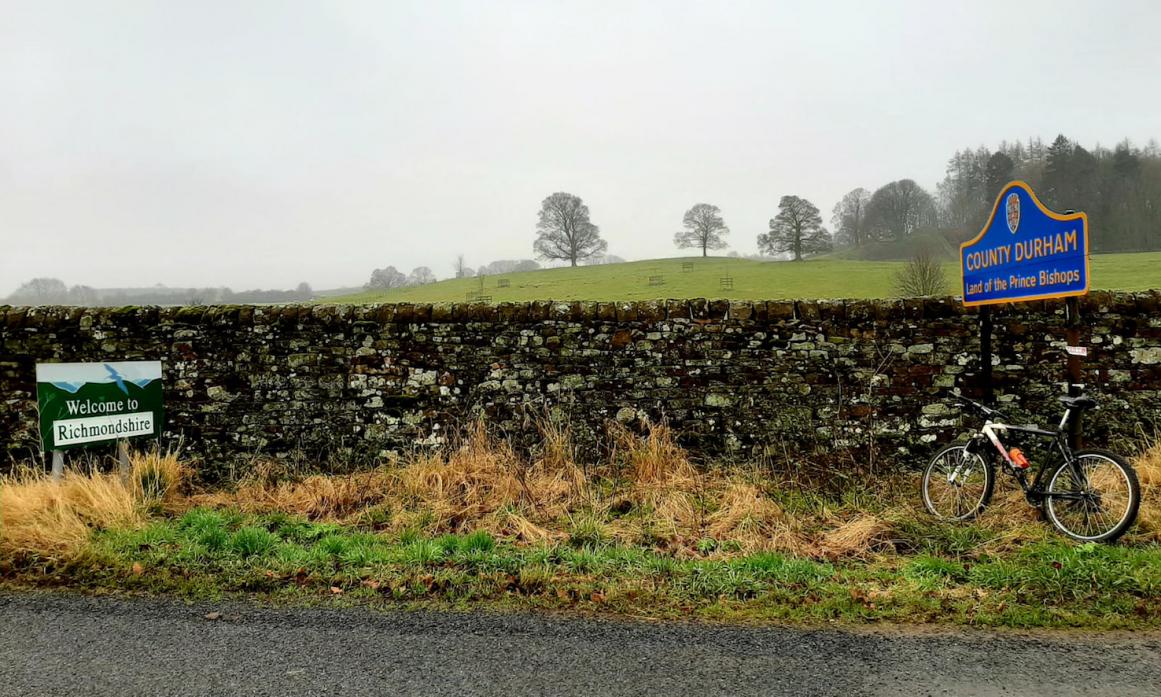
BIRDS have been around for millions of years, but roads – in the sense that we know them – are a very modern invention; so, the behaviour patterns we see in birds in relation to roads are a very recent modification to existing well-established behaviour.
What opportunities do roads present to birds?
Well, they do recognise the roads – not the traffic – as a major feature and react entirely differently to the way we do.
We see roads as connections to go from A to B. However, birds see them as a flat expanse in parts of their home area.
That flat expanse will most probably have useful hedgerows beside it, a broad verge with seed and insect bearing plants, and vegetation that is undisturbed, where small mammals can easily be caught.
The apparently inert and featureless road surface may also be a rich source of things which birds need.
Traffic, of course, is an awful, sometimes lethal hazard, but road users are something which birds can and do get used to.
For example, sparrows, rather than fly off in the face of an oncoming vehicle will sometimes stay put, and survive, rather than rise and risk a fatal collision.
I have experienced this many times as I am sure your have.
To most people interested in birds, one of the most surprising sights is that of many species of birds apparently fruitlessly pecking at the road surface.
Surely something laid as hot Tarmac months, even years, earlier and pounded by traffic cannot have anything useful for the pecking beaks to take.
Wrong. The very grit of the road surface may be the right size and hardness for ingestion and grinding down food.
Gritting is essential to many species of birds to grind down hard food items such as weed seeds and grain. Many types of finches come down to road surfaces for this purpose.
Sandmartins and swallows are, surprisingly, among those that partake in this activity.
Another apparently pointless activity in some cases, but clearly sensible in others, is the presence of flocks of house sparrows on the Tarmac.
Often they are found time and time again at the same place and again the reason for their activity is readily visible – spilt grain.
If you check where these birds are you will often find them near a bumpy section of the road, at a sharp corner, or where tractors and lorries have had to stop.
All are places where grain is likely to be spilt, which then represents an unofficial feeding station.
Just imagine what the situation was like in the age of the horse.
Piles of droppings littered the roads, the horse had a fairly poor digestive system and much grain would pass through them unharmed to provide birds with food.
Along with sparrows, chaffinches, yellow hammers and green finches will take advantage of this source of food.
Gold finches and linnets are presents in small flocks during autumn feeding on the seeds of many thistles and dockens that abound there, along with the seeds of many grasses.
Insect eaters, such as swallows, housemartins and many others passing through are provided with a ready food supply.
The presence of such a good food source is not only beneficial to bird life, but attracts small mammals of many types, also their predators.
Dave Moore is a wildlife enthusiast from Hutton Magna





